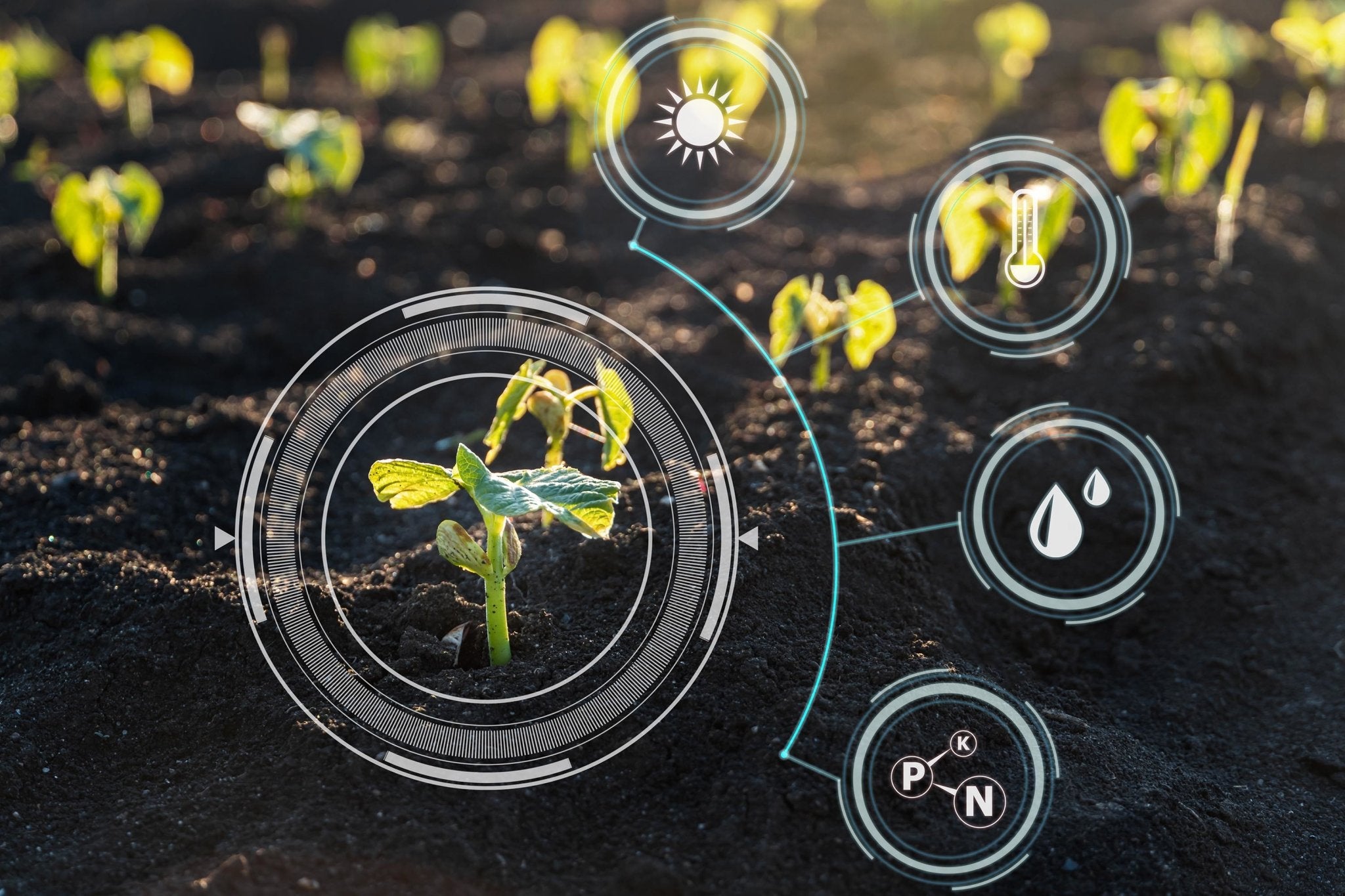Introduction
Indoor plants have become increasingly popular as they add a touch of nature to our homes and offices. However, to keep them healthy and thriving, proper care is essential. One crucial aspect of indoor plant care is fertilization. In this article, we will explore the importance of using fertilizers for indoor plants and provide valuable insights into how to choose and apply the right fertilizers to ensure optimal growth.
1. Understanding Indoor Plant Fertilizers
Fertilizers are nutrient-rich substances designed to enhance the growth and health of plants. They contain essential elements such as nitrogen, phosphorus, and potassium, which are vital for a plant's development. For indoor plants, fertilizers play a crucial role as they compensate for the lack of natural nutrients found in outdoor soil.
2. The Benefits of Using Fertilizers
Using fertilizers for indoor plants offers several benefits. Firstly, they provide the necessary nutrients that might be lacking in the potting mix or soil. Secondly, fertilizers promote robust root development, leading to healthier and more vigorous plants. Additionally, regular fertilization encourages lush foliage and vibrant blooms, enhancing the overall aesthetic appeal of indoor plants.
3. Selecting the Right Fertilizer
When it comes to indoor plants, choosing the right fertilizer is essential. There are various types of fertilizers available, including liquid, granular, and organic options. Before selecting a fertilizer, consider the specific needs of your indoor plants. Some may require a balanced NPK (nitrogen, phosphorus, and potassium) ratio, while others might benefit from specialized formulas tailored to certain plant species.
4. Understanding NPK Ratios
NPK ratios indicate the nutrient composition of fertilizers. For instance, a balanced fertilizer might have an NPK ratio of 10-10-10, signifying equal parts of nitrogen, phosphorus, and potassium. On the other hand, a fertilizer with an NPK ratio of 5-10-5 would have a higher concentration of phosphorus, suitable for flowering plants.
5. Dos and Don'ts of Fertilizing Indoor Plants
Proper application of fertilizer is crucial to prevent overfeeding or undernourishing indoor plants. Follow these dos and don'ts to ensure optimal results:
Do:
- Do read the fertilizer label for instructions on application and dosage.
- Do dilute liquid fertilizers to avoid root burn.
- Do fertilize during the active growing season for your specific plants.
- Do consider using slow-release fertilizers for convenience and efficiency.
Don't:
- Don't apply fertilizer to dry soil; water the plant beforehand.
- Don't exceed the recommended dosage as it can harm the plants.
- Don't use outdoor fertilizers for indoor plants as they may have excessive nutrients.
6. Organic vs. Synthetic Fertilizers
Indoor plant enthusiasts often debate the merits of organic versus synthetic fertilizers. Organic fertilizers are derived from natural sources and gradually release nutrients into the soil. They promote soil health and microbial activity. On the other hand, synthetic fertilizers are manufactured chemically and provide a quick nutrient boost to plants. Ultimately, the choice between the two depends on personal preferences and plant needs.
7. Avoiding Fertilizer Pitfalls
While fertilizers are beneficial, their misuse can harm indoor plants. Common pitfalls include over-fertilization, which leads to nutrient imbalances, and under-fertilization, causing stunted growth. Regularly monitor your plants and adjust the fertilization routine accordingly.
8. Homemade Fertilizer Alternatives
For eco-conscious plant owners, homemade fertilizer alternatives are an excellent choice. Compost tea, banana peels, and eggshell solutions are some natural options that provide essential nutrients to indoor plants without the use of synthetic chemicals.
9. The Importance of Proper Watering
Fertilizing indoor plants is most effective when combined with proper watering practices. Overwatering or underwatering can affect nutrient absorption and lead to fertilizer runoff. Strike a balance to maintain healthy and happy indoor plants.
Conclusion
Fertilizers are vital for the well-being of your indoor plants. By understanding the different types of fertilizers, their benefits, and proper application methods, you can ensure your indoor plants thrive and flourish. Remember to consider the specific needs of each plant and regularly assess their growth to make informed decisions.
FAQs
Q1: How often should I fertilize my indoor plants?
A1: The frequency of fertilization depends on the type of plants you have. In general, most indoor plants benefit from fertilization every 4 to 6 weeks during the growing season.
Q2: Can I use outdoor plant fertilizers for my indoor plants?
A2: It is not recommended to use outdoor plant fertilizers for indoor plants as they may contain higher nutrient levels that can be harmful to indoor plant growth.
Q3: Are organic fertilizers better than synthetic ones for indoor plants?
A3: Both organic and synthetic fertilizers have their merits. Organic fertilizers promote soil health, while synthetic ones offer a quick nutrient boost. The choice depends on your preferences and plant needs.
Q4: Can I make my own fertilizer at home?
A4: Yes, you can create homemade fertilizer alternatives such as compost tea, banana peels, and eggshell solutions to provide nutrients to your indoor plants naturally.
Q5: How do I know if my indoor plants are over-fertilized?
A5: Signs of over-fertilization include yellowing leaves, stunted growth, and a buildup of salts on the soil surface. Adjust your fertilization routine if you observe these symptoms.


